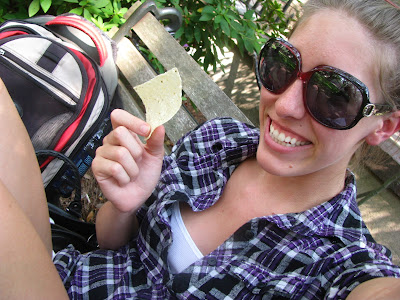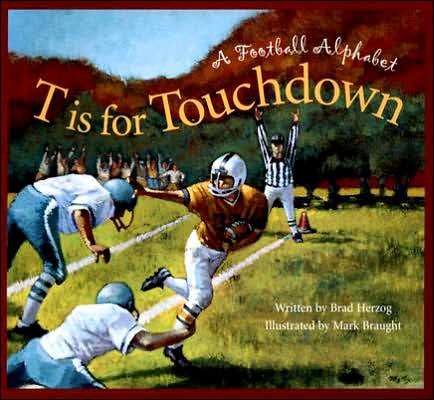Standard 2-2: The student will demonstrate an understanding of the needs and characteristics of animals as they interact in their own distinct environments. (Life Science)
Indicators:
2-2.1 Recall the basic needs of animals (including air, water, food, and shelter) for energy, growth, and protection.
2-2.2 Classify animals (including mammals, birds, amphibians, reptiles, fish, and insects) according to their physical characteristics.
2-2.3 Explain how distinct environments throughout the world support the life of different types of animals.
2-2.4 Summarize the interdependence between animals and plants as sources of food and shelter.
2-2.5 Illustrate the various life cycles of animals (including birth and the stages of development).
Read a Related Book:
The Great Kapok Tree, by Lynne Cherry
1. Create a layers of the rainforest flip-book, by drawing pictures and writing about the forest floor, understory, canopy, and emergent layers (animals, types of plants, light, weather, etc.)
2. Sing the Layers of the Rainforest song, to the tune of If You’re Happy and You Know It, taught in class.
3. Sort animal pictures into their appropriate classification (mammals, birds, amphibians, reptiles, fish, and insects).
4. Create a mask of a rainforest animal, using art materials. Write about its basic needs and living environment.
5. Make name cards for students to wear around their neck (kapok tree, sloth, anteater, etc.). When students hear their name called, they come to the kapok tree to receive what they need (given a piece of yarn). At the end, the woodcutter (teacher) cuts all ties from the tree (deforestation). How do they feel? Discuss the interdependence between animals and plants, as well as their basic needs. http://atozteacherstuff.com/pages/337
6. Perform reader’s theatre pieces about The Great Kapok Tree in groups http://tinyurl.com/readinglady
7. Color the location of rainforests on a world map.
8. Notice the variation of words the author used to mean “said” (ex: hissed, buzzed, squawked, murmured). Make a list of other words a writer could use.
9. Use a measuring tape to visually see how tall a kapok tree really is (150 feet).
Howard Gardner: visual-spatial, bodily kinesthetic, verbal linguistic, intrapersonal, interpersonal, musical, naturalist








